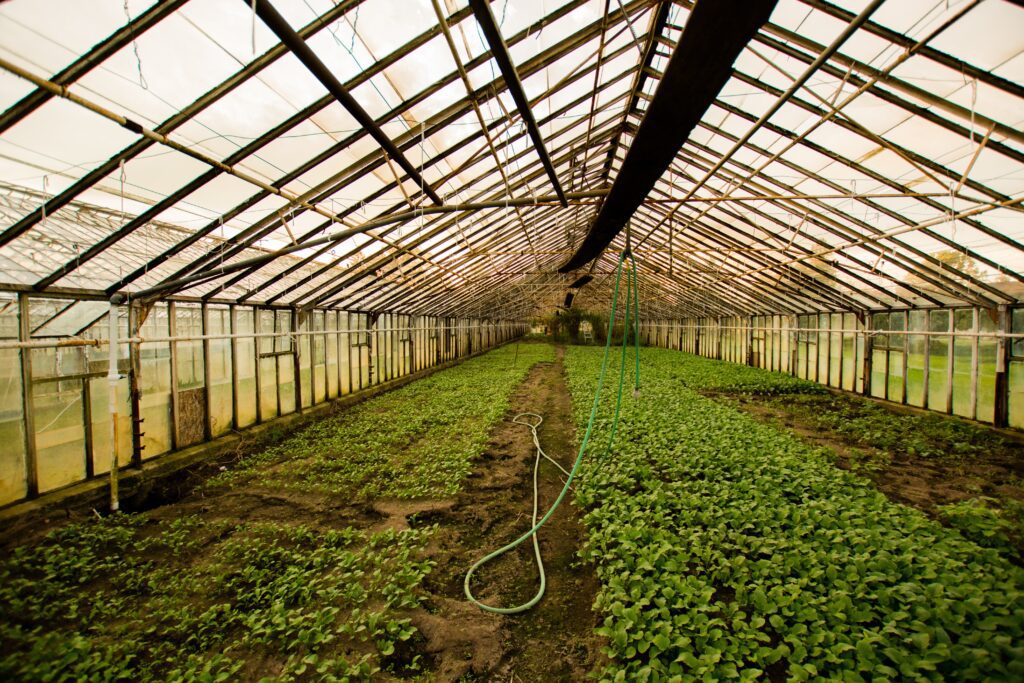Introduction: In the realm of landscape gardening, soil is the foundation upon which all other elements thrive. Just as a house needs a strong foundation to stand tall, your garden’s success depends on the type of soil you choose. Understanding soil types is a fundamental step in creating a thriving and sustainable garden that will make your outdoor space truly come alive. In this blog post, we will dive deep into the world of soil types and explore how they impact your landscape gardening design.
The Role of Soil in Landscape Gardening: Soil is not just dirt; it’s a dynamic and complex ecosystem that influences the growth, health, and vitality of your plants. Here are some crucial roles that soil plays in your landscape gardening endeavors:
- Nutrient Provider: Soil is a reservoir of essential nutrients like nitrogen, phosphorus, and potassium, which are vital for plant growth.
- Water Retention: Different soil types have varying abilities to retain water, affecting the frequency and amount of irrigation required.
- Root Support: The texture and structure of soil impact how well roots can penetrate and anchor themselves, directly affecting plant stability.
- Microbial Activity: Soil hosts a vibrant community of microorganisms that aid in nutrient cycling and plant health.
Types of Soil: There are several primary soil types, each with its unique characteristics. Let’s take a closer look at the most common ones:
- Sandy Soil: Sandy soil has large particles and drains quickly. While it allows for good aeration, it may require more frequent watering and additional nutrients for optimal plant growth.
- Clay Soil: Clay soil has fine particles and retains moisture well but can become compacted. Amending it with organic matter can improve its drainage and aeration.
- Loamy Soil: Often considered the ideal soil type for gardening, loam is a balanced mix of sand, silt, and clay, offering good drainage, nutrient retention, and aeration.
- Silt Soil: Silt soil is fine-textured and retains moisture but can be easily compacted. It benefits from organic matter to improve structure.
- Peat Soil: Rich in organic matter, peat soil retains moisture but may be acidic. It's great for specific plant types but requires careful management.
Choosing the Right Soil for Your Garden: The ideal soil for your landscape gardening project depends on your specific goals and the types of plants you want to cultivate. Here are some tips to help you make the right choice:
- Soil Testing: Conduct a soil test to determine your current soil type and its pH level. This will guide your amendments and plant selection.
- Amendments: Improve soil quality by adding organic matter like compost, which enhances fertility, drainage, and microbial activity.
- Plant Selection: Choose plants that are well-suited to your soil type and local climate. Native plants often thrive in their native soils.
- Mulching: Mulch helps conserve moisture, control soil temperature, and suppress weeds, benefiting your garden's overall health.
Conclusion: Soil is the unsung hero of landscape gardening, and understanding its various types and characteristics is essential for creating a thriving outdoor oasis. By choosing the right soil type, amending it as needed, and selecting appropriate plant varieties, you can embark on a landscape gardening journey that transforms your outdoor space into a lush and vibrant sanctuary. Whether your soil is sandy, clayey, loamy, or somewhere in between, it holds the key to unlocking the full potential of your garden.






